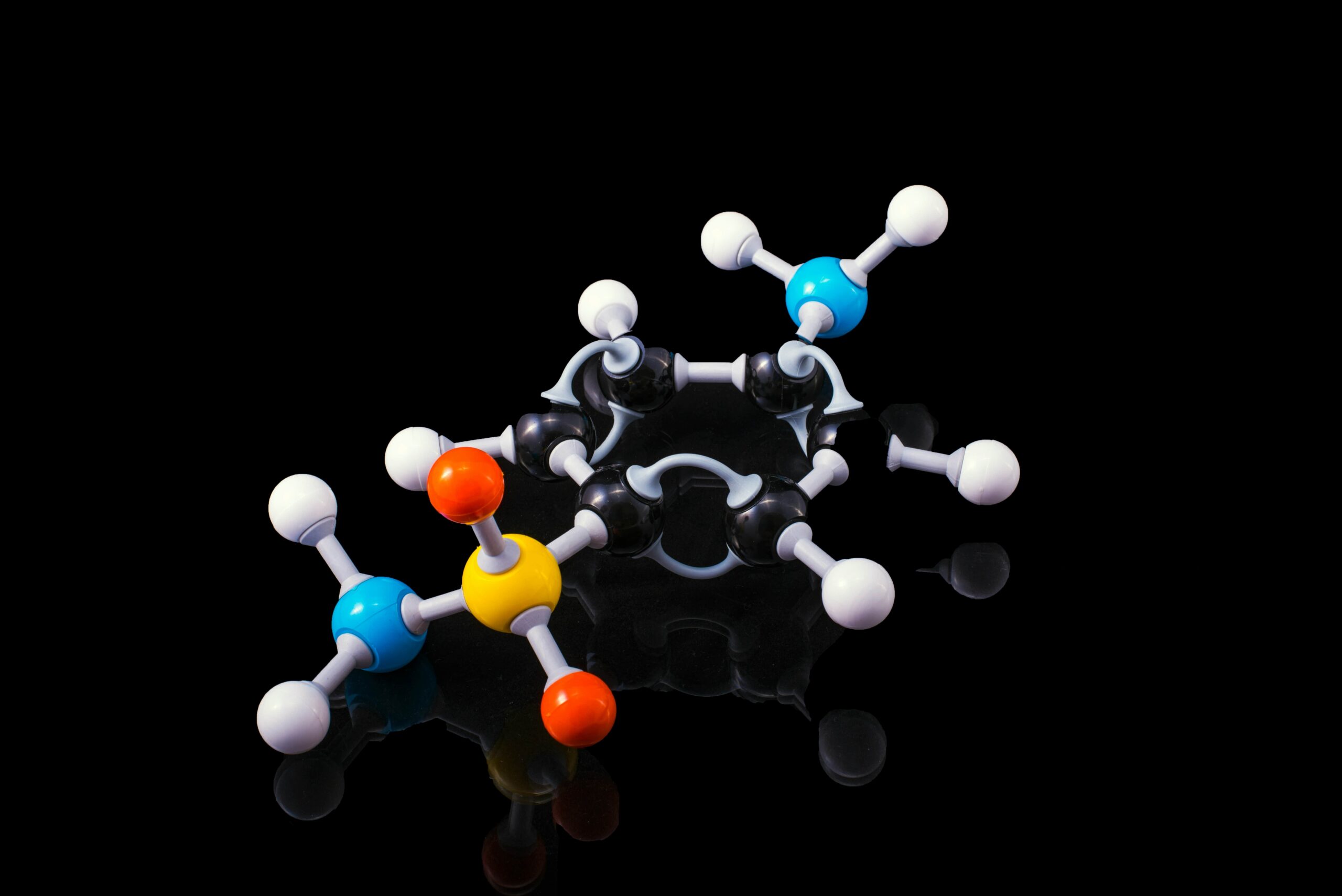When discussing how a car operates many parts collaborate to guarantee top notch performance. An essential element, in overseeing the air fuel ratio and minimizing emissions is the oxygen sensor, which is also referred to as the lambda sensor. This piece will delve into the significance of oxygen sensors, their functionality and how they are utilized across sectors.
The Role of Oxygen Sensors in Automotive Applications
An oxygen sensor essentially measure the amount of oxygen, in the gas or liquid under examination. In the field these sensors play a role in determining the level of oxygen in exhaust gases from internal combustion engines. This data is essential, for tuning the air fuel ratio to maintain peak engine performance and catalytic converter efficiency.
The Probe: A Key Component of Oxygen Sensors
The oxygen sensor includes a probe that detects the amount of oxygen, in the exhaust fumes. This probe is usually crafted from zirconia material coated with ceramic and features platinum as a catalyst. The ceramic layer aids, in the movement of oxygen ions enabling readings.
Operation of the Probe: Different Types of Oxygen Sensors
In automotive industry there are various oxygen sensors are utilized, such as the zirconia sensor, wideband zirconia sensor and titania sensor. Among these the zirconia sensor is commonly. Functions, by detecting voltage variances resulting from differing oxygen levels in the exhaust gas compared to a reference air sample. On the hand the wideband zirconia sensor offers accuracy in measuring the air fuel ratio whereas the titania sensor operates on a distinct principle related to variations, in electrical conductivity.
Location and Surveillance of the Oxygen Sensor
In a car system the oxygen sensor is positioned strategically in the exhaust system to keep track of the oxygen levels, in the gases. The information gathered by the sensor is transmitted to the engine control unit (ECU) which then regulates fuel injection accordingly. Moreover the oxygen sensor undergoes monitoring, for any issues or malfunctions to guarantee precise readings.
Common Failures of Oxygen Sensors
Over time oxygen sensors can get dirty causing readings. Reasons, for these issues include aging, using fuels or fuel contamination with substances such as silicones or silicates. It is crucial to address these problems to avoid harming the converter and maintain the engines performance, at its best.
Diving and Scientific Applications of Oxygen Sensors
Apart from automotive applications, oxygen sensors find utility in various other fields. Let’s explore some of these applications.
Oxygen Sensors in Diving
Divers depend on oxygen sensors, to assess the oxygen levels, in their breathing gas. Scuba divers using circuit systems utilize oxygen sensors to check the gas before diving to maintain a mixture during their dive. In contrast rebreather divers using mixed gas systems continuously monitor the oxygen levels, in the breathing loop to ensure safe oxygen levels are maintained.
Oxygen Sensors in Scientific and Production Settings
In the field of investigation oxygen sensor are utilized to measure breathing or the generation of oxygen. These detectors are essential, in studying soil respiration, marine biology exploration, beer making procedures and drug manufacturing. Through measurement of oxygen quantities researchers can collect information and maintain ideal settings in their tests and manufacturing activities.
Oxygen Sensor Technologies
There are two common technologies which are mostly used in oxygen sensor.
Electrodes: A Key Component of Oxygen Sensors
Oxygen sensors use methods to measure oxygen levels. For instance, electrodes are employed in one method. Galvanic sensors, which are a type of oxygen sensors operate by allowing oxygen to pass through a membrane and triggering reactions that produce a detectable signal.
Optodes: Optical Oxygen Sensors
Another technology, for detecting oxygen is, through optodes, where luminescent materials are used to gauge oxygen levels. Optodes include a component that emits light and the brightness of this shifts depending on the amount of oxygen present. By assessing the intensity of the light emitted one can ascertain the level of oxygen in a given environment.
Conclusion
Oxygen sensors play a role, in systems by helping with fuel injection efficiency and emissions control. These sensors keep an eye on the oxygen levels in exhaust gases to maintain the air fuel ratio and ensure catalytic converters work properly. Apart from cars oxygen sensors are also used in diving, research and industrial processes where accurate oxygen readings are important. With technology advancing new sensor technologies are being developed to make oxygen sensors more precise and reliable.
If you ever face any problems or suspect your oxygen sensor isn’t working correctly it’s important to seek help from a mechanic, for a check-up and solution.

